If you’ve been exploring the world of fitness supplements, you’ve probably come across creatine. It’s one of the most well-researched and widely used supplements for boosting strength, muscle mass, and exercise performance. But did you know that creatine comes in multiple forms, each with its own unique properties?
If you’re wondering which type of creatine is best for you, this guide will break it down in simple terms. Whether you’re looking for the most effective, the fastest-absorbing, or the gentlest on digestion, we’ll help you find the right fit.
What Is Creatine?
Creatine is a naturally occurring compound found in small amounts in foods like meat and fish. It’s also produced by the body in the liver, kidneys, and pancreas. Its primary function is to help supply energy to muscles during high-intensity workouts.
When you supplement with creatine, you increase your muscle’s phosphocreatine stores, allowing for better ATP (adenosine triphosphate) production—your body’s energy currency. This results in improved strength, power, and endurance, making it a favorite among athletes and gym-goers.
Types of Creatine and Their Benefits
Not all creatine supplements are the same. Here are the most popular types and what makes each of them unique:
1. Creatine Monohydrate – The Gold Standard
Creatine monohydrate is the most researched and widely used form of creatine, making it the go-to choice for athletes and fitness enthusiasts. It has been scientifically proven to enhance muscle strength, improve workout recovery, and boost overall performance. One of its biggest advantages is that it’s affordable and highly effective, making it accessible for both beginners and seasoned lifters. However, some users may experience mild bloating due to increased water retention in muscles, though this is generally harmless and temporary.
Best for: Beginners, athletes, and anyone looking for a tried-and-tested creatine supplement.
2. Creatine Hydrochloride (HCL) – The Highly Soluble Form
Creatine hydrochloride (HCL) is known for its superior solubility in water, which may help reduce common issues like bloating or stomach discomfort associated with monohydrate. Due to its higher absorption rate, some experts believe that smaller doses of HCL are sufficient compared to monohydrate. This makes it an appealing option for those who prefer lower dosages without compromising effectiveness. While it’s a promising alternative, research on its long-term benefits compared to monohydrate is still limited.
Best for: Those who experience bloating with monohydrate or prefer smaller, more concentrated doses.
3. Creatine Ethyl Ester (CEE) – The Rapid Absorber
Creatine ethyl ester (CEE) is marketed as a more bioavailable form of creatine, claiming to be absorbed faster than monohydrate. Unlike traditional creatine, it’s often promoted as a supplement that doesn’t require a loading phase, making it a convenient option for those who dislike high initial dosages. However, research suggests that CEE may not be as effective as monohydrate when it comes to increasing muscle creatine stores. This means that despite its claims, it might not provide the same strength and endurance benefits as the classic monohydrate formula.
Best for: Individuals looking for an alternative to traditional creatine, though its effectiveness is debated.
4. Buffered Creatine (Kre-Alkalyn) – The pH-Optimized Version
Buffered creatine, often sold under the brand name Kre-Alkalyn, is designed to be a more stable version of creatine monohydrate. It is formulated to have a higher pH level, reducing creatine breakdown in the stomach before absorption. This could potentially minimize bloating and digestive discomfort that some users experience with regular monohydrate. However, while it’s marketed as a superior alternative, scientific studies have not found significant advantages over monohydrate in terms of performance or muscle gain.
Best for: Those who experience digestive issues with monohydrate and want a pH-balanced alternative.
5. Micronized Creatine – The Finer, Faster-Absorbing Version
Micronized creatine is simply creatine monohydrate that has been broken down into smaller particles, improving its mixability and solubility in water. This makes it easier to consume, especially for those who dislike the gritty texture of traditional monohydrate powders. Despite its refined texture, it offers the same benefits as standard creatine monohydrate, including improved strength, endurance, and muscle recovery. If you prefer a smooth, easy-to-mix supplement, micronized creatine is a great option.
Best for: Those looking for a smoother, easy-to-mix creatine supplement without changing its effectiveness.
6. Creatine Nitrate – The Pump-Boosting Form
Creatine nitrate is a newer form of creatine where the molecule is bonded with nitrate, improving its solubility and potential performance benefits. The added nitrate may also enhance nitric oxide production, which can result in better muscle pumps, improved endurance, and increased blood flow. While this sounds promising, creatine nitrate still lacks substantial research when compared to monohydrate, making it a less reliable option for long-term muscle-building benefits.
Best for: Those interested in combining the benefits of creatine and nitric oxide for enhanced endurance and muscle pumps.
7. Creatine Magnesium Chelate – The Muscle-Friendly Option
Creatine magnesium chelate is a unique blend of creatine and magnesium, designed to improve absorption and muscle hydration. Some experts believe that binding creatine with magnesium may enhance strength gains while reducing water retention, offering a leaner muscle-building effect. However, research on this form is still limited, and monohydrate remains the more trusted option for muscle growth and performance. That said, for those who want an alternative that supports hydration and muscle function, this might be worth considering.
Best for: Those looking for a creatine supplement that supports hydration and muscle function.
Which Type of Creatine Should You Choose?
If you’re new to creatine, Creatine Monohydrate is your best bet. It’s the most researched, effective, and budget-friendly option. However, if you experience bloating or stomach discomfort, Creatine HCL or Buffered Creatine may be worth trying.
Micronized Creatine could be a great alternative for those looking for faster solubility. But if muscle pumps and endurance are your goals, Creatine Nitrate might be an interesting choice.
How to Use Creatine for Best Results
Regardless of the type of creatine you choose, here’s how to maximize its benefits:
-
Loading Phase (Optional): Take 20g daily (split into 4 doses) for 5-7 days to saturate muscles quickly.
-
Maintenance Phase: Consume 3-5g daily for consistent results.
-
Timing: Creatine can be taken pre- or post-workout for optimal absorption.
-
Hydration: Drink plenty of water, as creatine pulls water into muscle cells.
Creatine is one of the safest and most effective supplements for boosting strength, muscle mass, and workout performance. With so many types available, it’s essential to choose one that aligns with your goals, budget, and personal preference.
Consistency is key to whichever type you choose, so make creatine a part of your daily routine and watch your performance skyrocket!


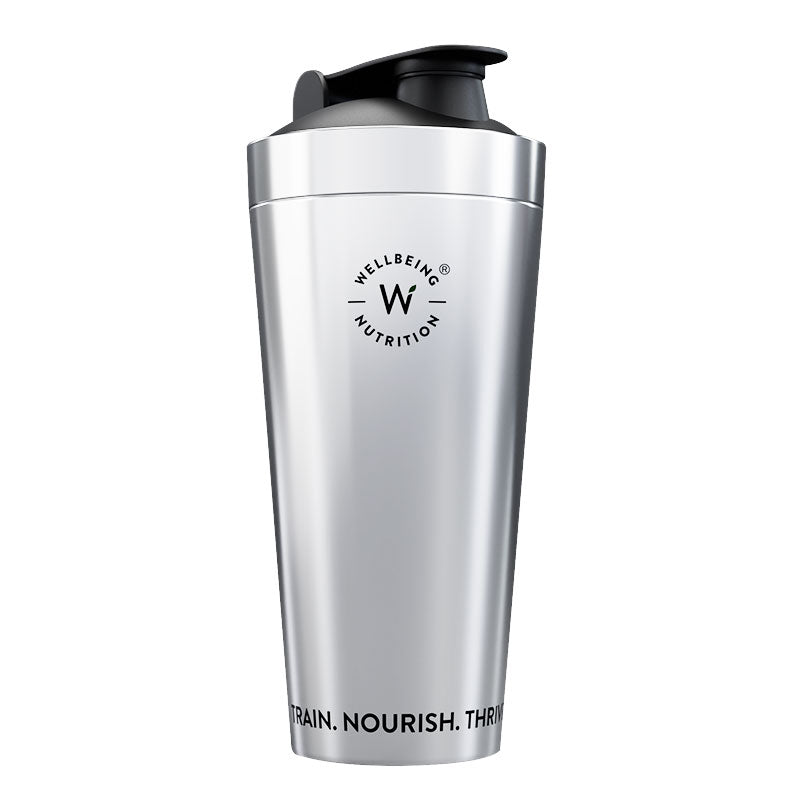




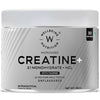
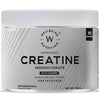






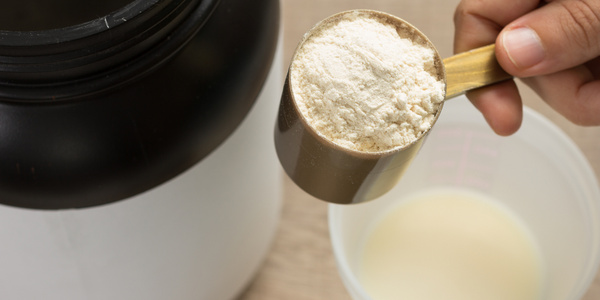

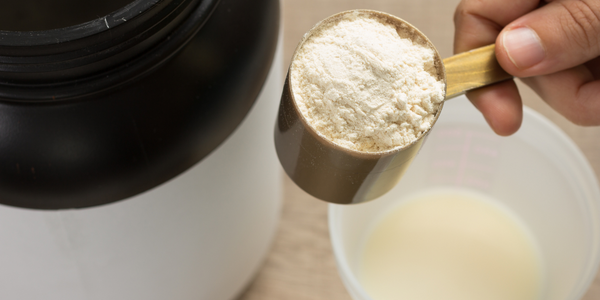
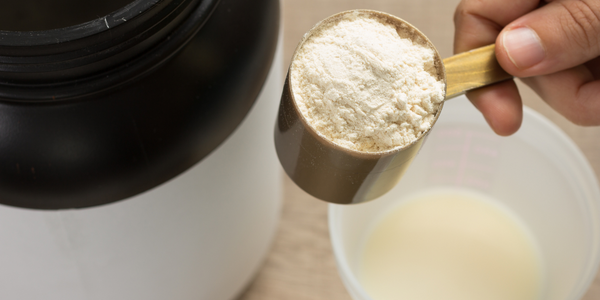

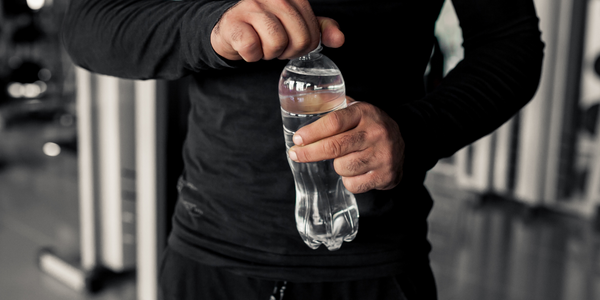
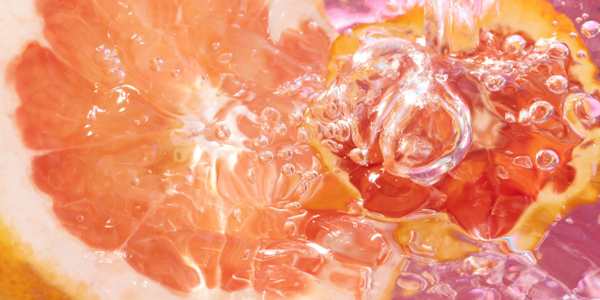







 DOWNLOAD NOW
DOWNLOAD NOW
